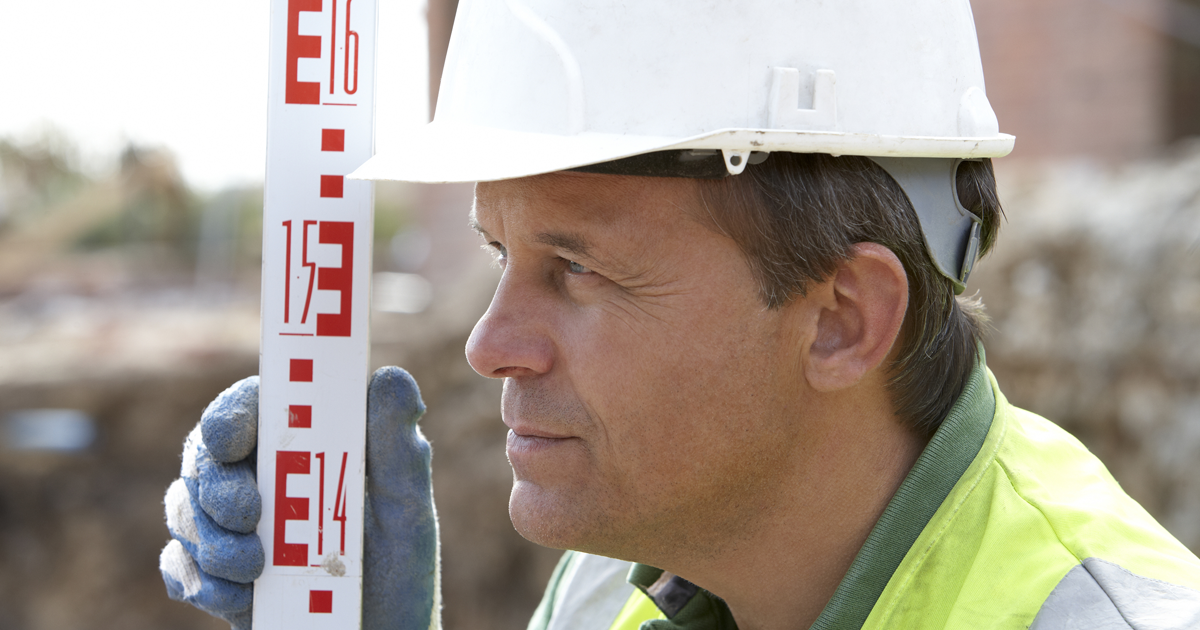
Creating a culture of safety in your workplace does not start with rule changes and new programs. Rather, a safety-oriented culture is spurred on by connecting with employees, and giving them a voice. No one knows the processes of an occupation more than a coalition of workers themselves. Any employer who is seeking to improve workplace safety can do so with tools like hazard assessments, safety scoreboards, and wellness programs. Yet, it all starts with giving employees a voice, and letting their feedback perpetuate a culture of safety. The National Safety Council offers Employee Perception Surveys to help employers gauge their employees’ feelings on occupational safety. The EP surveys are a tool that employers cannot overlook when it comes to improving workplace safety.
How do Employee Perception Surveys help?
The EP surveys offered by the National Safety council have numerous benefits. The EP surveys will allow employers to monitor employee satisfaction and morale, as well as give employees the opportunity to voice any concerns. However, EP surveys will also give employers a reflection of the entirety of the workplace’s safety program. Additionally, they will effectively identify the discrepancies between safety protocols on a piece of paper, and what actually occurs in the workplace. Ultimately, the EP surveys serve as a conduit of communication and awareness between employers and employees. These surveys help bridge the gap between management and the workers who are the backbone of the workplace.
What kinds of surveys are there?
The National Safety Council offers 4 different Employee Perception Surveys. The Safety Barometer Survey is the most basic of the 4 different questionnaires. The Safety Barometer contains 50 questions that allow employees to agree or disagree on a 5 point spectrum. This survey will provide employers with a strong, overall analysis of employee opinion on current safety measures.
The Occupational Safety Climate Report (OSCAR) is the next level of survey following the Safety Barometer. OSCAR expounds upon the baseline survey offered by the Safety Barometer. The survey has 90 questions, and has employees answer rate current safety programs and their effectiveness. OSCAR also offers an open-ended comment section where employees can voice any other concerns.
The third survey offered by the National Safety Council is the Business and Safety Integration Survey (BASIS). This survey contains all of the questions from the Safety Barometer, as well as the OSCAR survey. BASIS builds on the previous two surveys by using three different surveys to gauge responses from three levels within a company; upper management, supervisors, and non-management employees. The goal of BASIS is to determine effective ways to synthesize safety with business management.
The final survey employers can utilize is the Security Barometer. This survey is separate from the previous three. This survey has 70 questions for employees to answer. The Security Barometer is structured similarly to the Safety Barometer. However, it covers employee perception of security within the workplace. The topics covered include: facility design, security access, security management, and general security atmosphere within the workplace.
A safety-oriented workplace begins with identification of employee concerns. Any company that seeks to improve workplace safety should utilize the Employee Perception Surveys offered by the National Safety Council. Ultimately, workplace safety revolves around the perception of the employees within a given workplace. If employees have negative responses towards any safety programs then those programs need to be reviewed and adjusted. The best way to build a safety-oriented culture is to include the individuals whose safety is in question in the process of building a safe workplace. If employees do not feel safe, then changes need to be made. Consider distributing an Employee Perception Survey for your workplace today.




